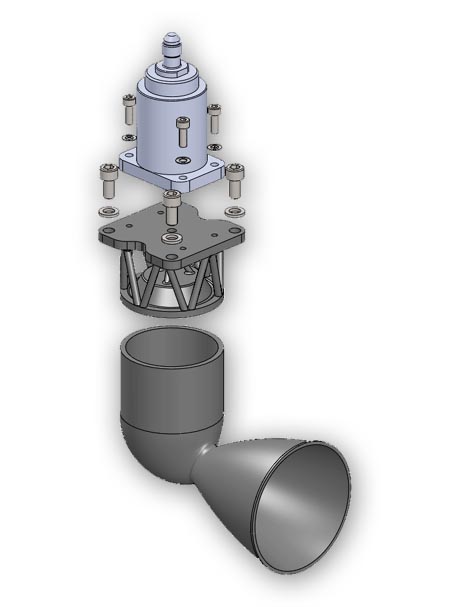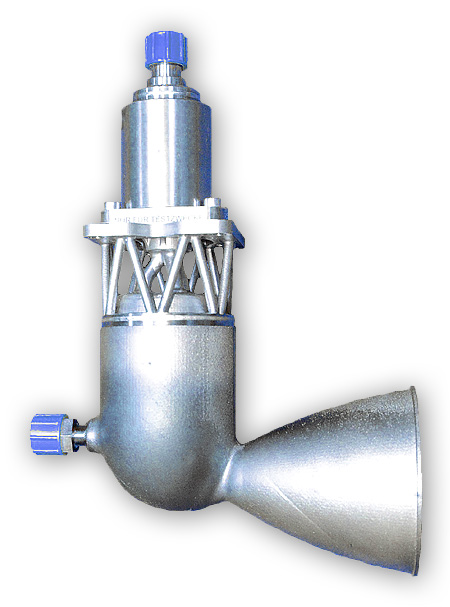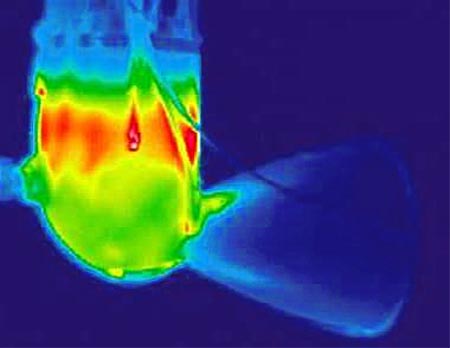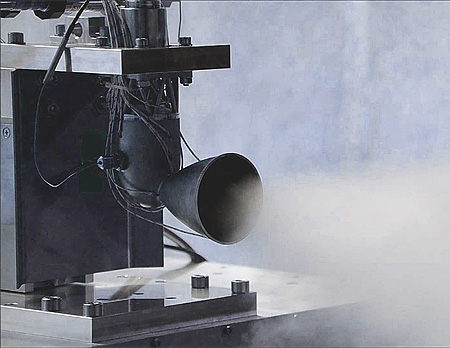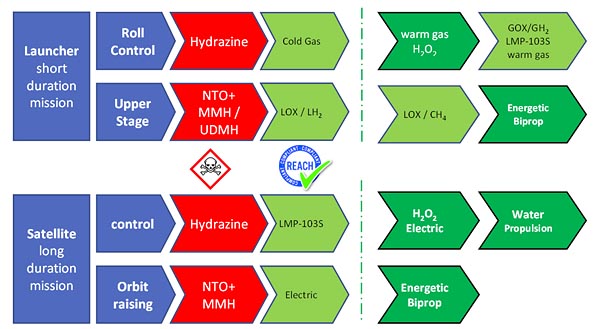
Radio Frequency Ion Propulsion Flow Schematic
Currently there is no generic replacement for hydrazine with a single green propellant. Therefore, several options are being considered.
Basically the mission requirements can be divided in two areas: short term missions with a maximum of some days of operations (typically for launcher propulsion) and long term missions with lifetimes up to and beyond 15 years (satellite propulsion).
For orbital propulsion in GEO an additional trend towards an increased market share of electrical propulsion is also considered.
Alternative Propellant Working Areas
As a first priority, the replacement of monopropellant hydrazine is considered, bearing in mind that there is also a need for an alternative to the more toxic MMH used in bipropellant systems. In order to be able to select the best technology, the following alternative propellants and their impact on the different propulsion systems are amongst those under evaluation:
- Ammonium Dinitramide (ADN) based propellants that successfully demonstrated space heritage on the PRISMA satellite and where ArianeGroup has a strong teaming with the Swedish Inventor company ECAPS, part of the Swedish Space Corporation Group.
- Hydrogen Peroxide (H2O2) as a monopropellant and in hybrid mode.
- GOX / GH2 propellants produced via water electrolysis.
- Ionic liquids to replace hypergolic bipropellant's MON / MMH .
- Furthermore, other technologies are being assessed as for example HAN based propellants.



